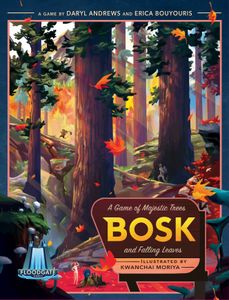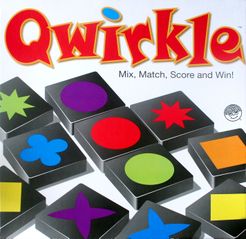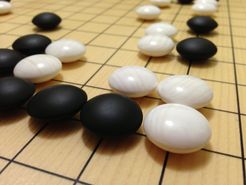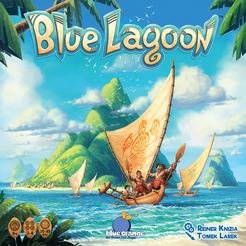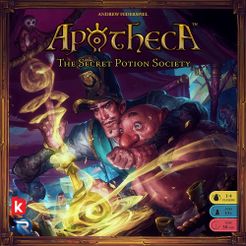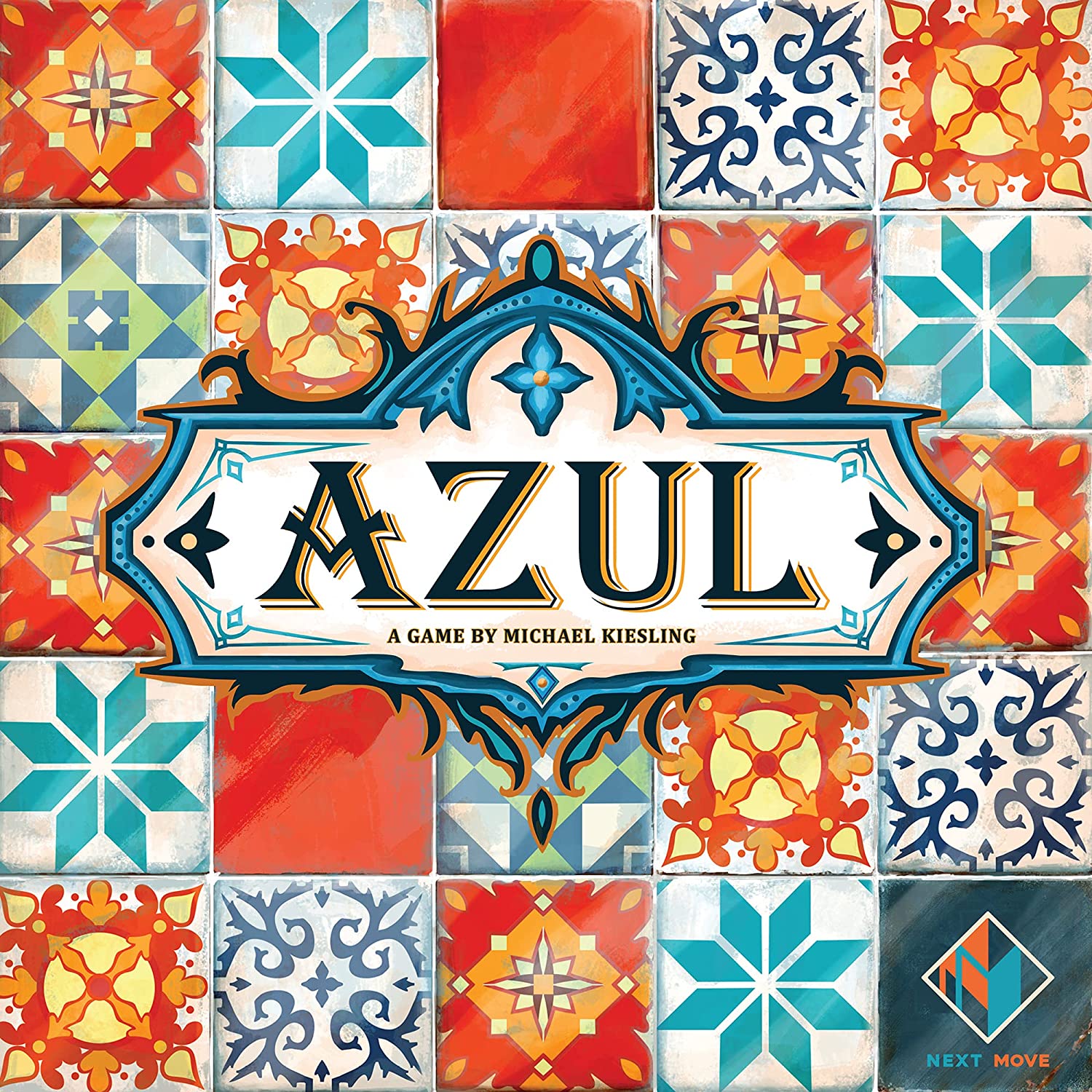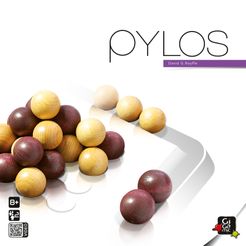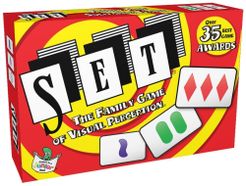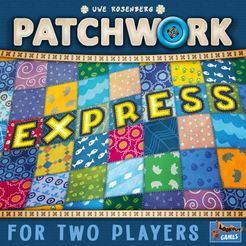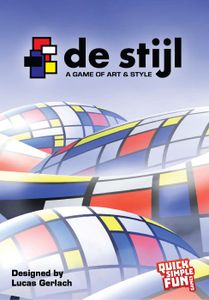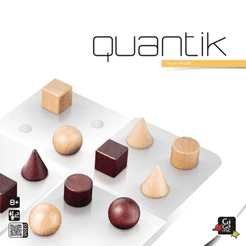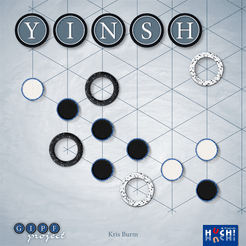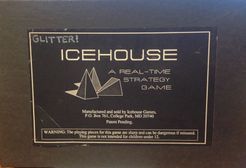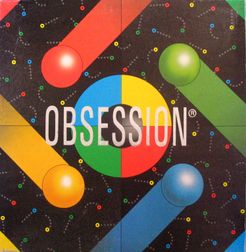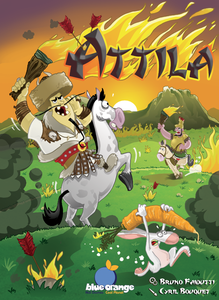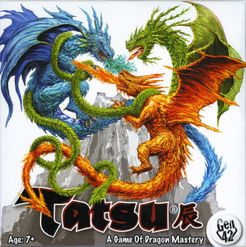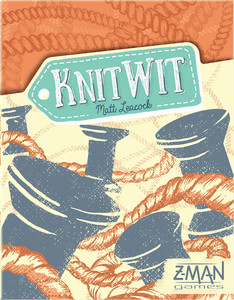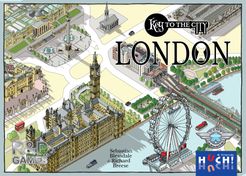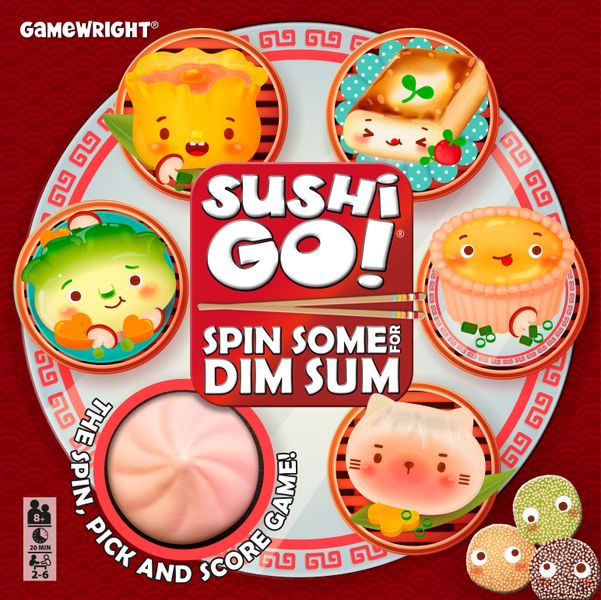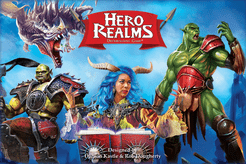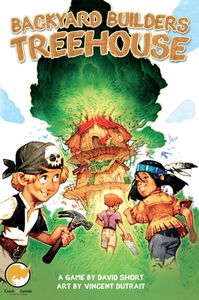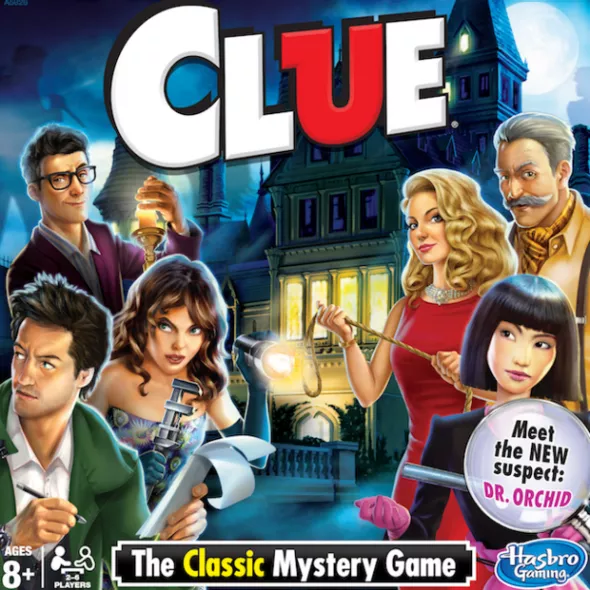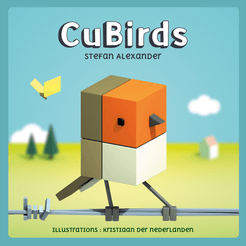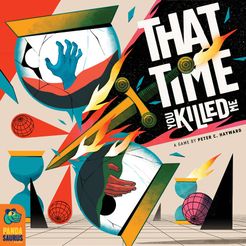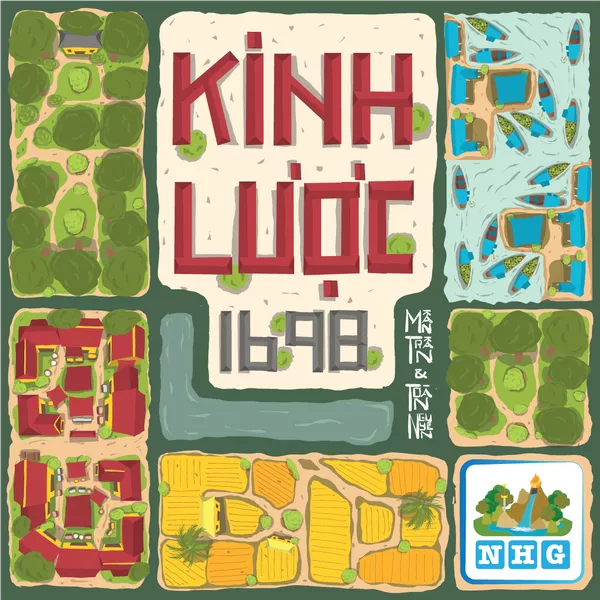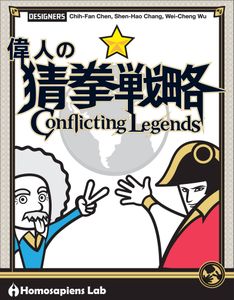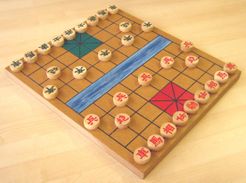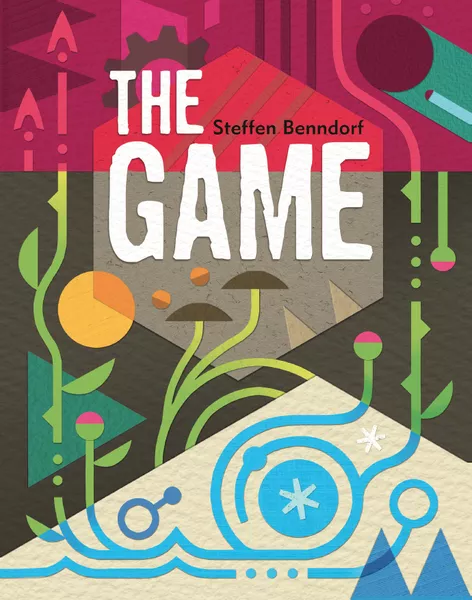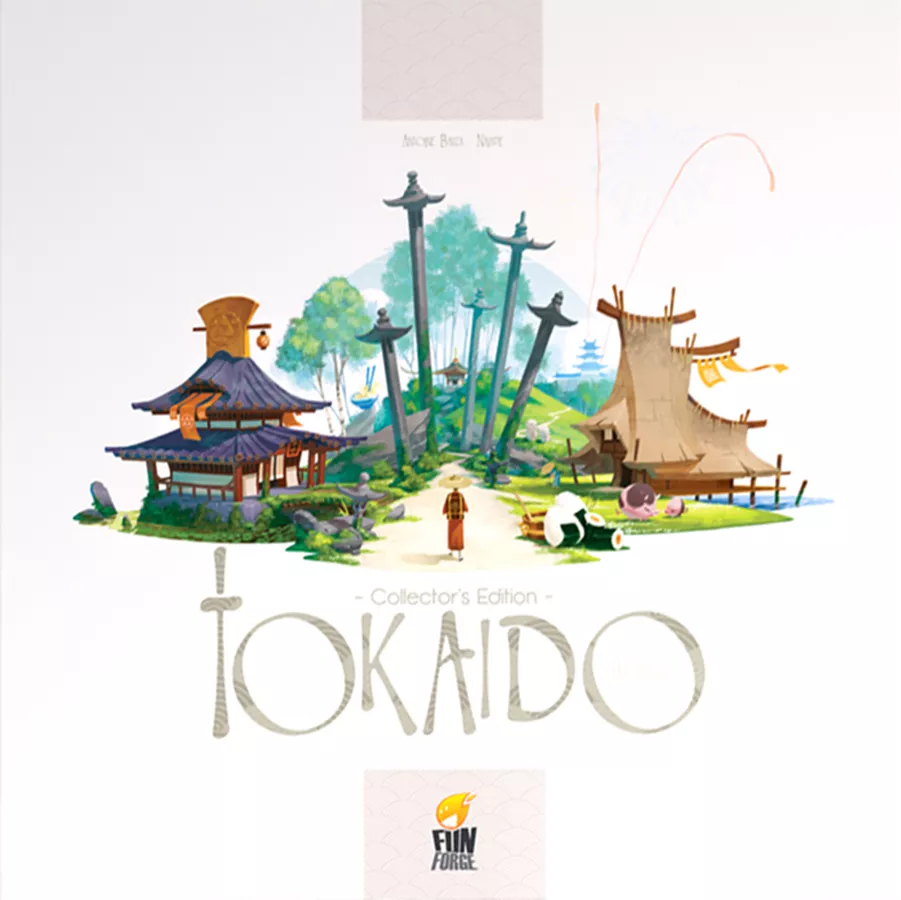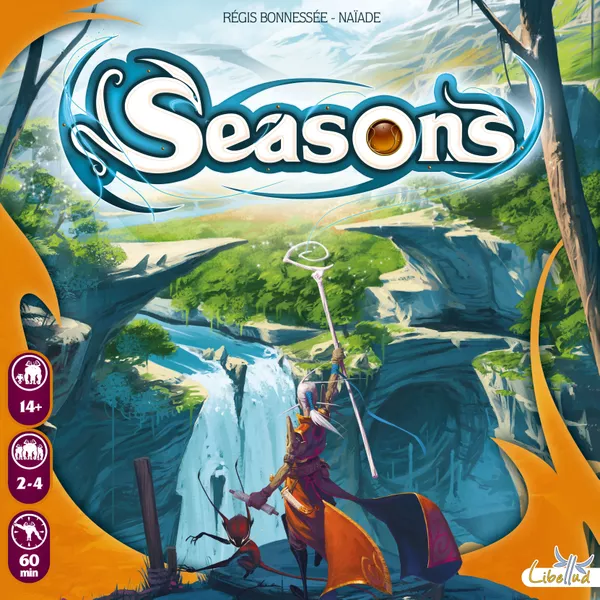Chamelequin (1989)
Designer: Richard Breese
Publisher: R&D Games
- Overview
- How to Play
- Videos
- Play Now
- Ratings & Comments
From Dave Farquhar's Review:
Chamelequin is described on the box as 'a game of skill and ever changing colours'; a reasonably accurate summary. The board is a striking 8x8 grid of large coloured squares. These alternate, with one row being green and yellow, the next red and blue. The effect of this was illustrated by Alastair (age 1) sobbing his heart out when I wouldn't let him play on it. The plastic pieces comprise circular bases, from which a stem protrudes, and large numbers of coloured 'polo shaped' rings. The object of the game is to be the survivor.
The initial set up is achieved by the players alternately placing one of their pieces on the board, at the same time dropping a coloured ring onto the stem. The basic principle is that the uppermost ring will always be the same colour as the square the piece occupies. This continues until all have been placed; ten each if two player, otherwise eight.
Player turns then continue, with one piece being moved each turn. This may be done in one of two ways: by moving one square and adding a ring or by removing rings and moving up to three squares. The former option is the standard move, and in this way stacks of up to four rings may be built up. Each time the colour ring selected matches the square moved to. The latter option is generally an attacking move. The top ring is removed, and the ring thus revealed shows the colour square which is then moved to. This process may be continued, until only one is left, at which point the move must stop as the last ring may never be removed. Any enemy pieces encountered during this move are eliminated from play. It is theoretically possible to capture three enemy pieces in one turn.



